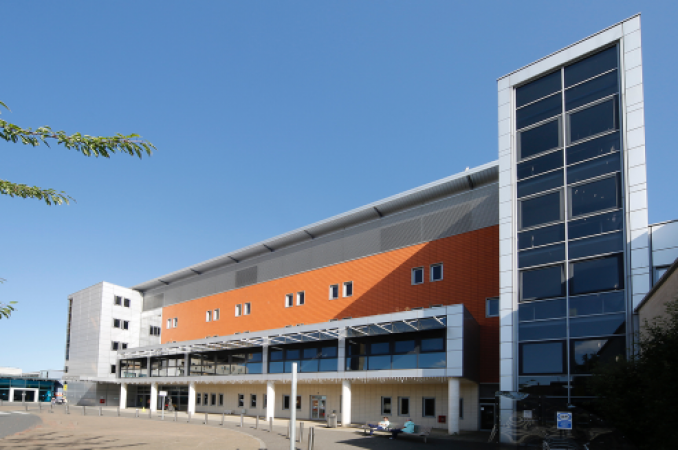
Dublin: Specialist radiotherapy equipment at the Northern Ireland Cancer Centre has significantly increased the chances of curing cancer in certain patients, according to the clinical director for oncology, Prof Gerry Hanna. The clinic utilizes a technique called stereotactic radiotherapy (SABR), which offers more precise targeting of tumors compared to conventional radiotherapy. This allows for the delivery of higher doses to the cancerous area while minimizing the impact on nearby healthy tissue.
By employing SABR, the control rate for early-stage lung cancer has improved from 50% with standard radiotherapy to 85%, as per statistical data. This treatment is particularly beneficial for patients with localized and secondary tumors, including those with lung cancer who are unable to undergo surgery.
Jennings Moffett, a 79-year-old patient attending the cancer centre, has praised the treatment for keeping him alive. Initially diagnosed with prostate cancer, the disease has now spread to his right lung. Due to complications with his heart, surgery is not an option, making the less invasive SABR treatment a suitable alternative to target the cancer.
Also Read: Brilliant Jugaad Empowers Entire Village with Free 24/7 Electricity!
The SABR equipment was introduced at the cancer centre in June 2013, initially treating 20 patients. By 2022, the number of patients treated had increased to 250, and it is projected that by December 2023, nearly 400 individuals will have undergone SABR treatment. The treatment planning process involves a team of radiographers, medical physicists, doctors, nurses, and administrative staff who collaborate to design personalized treatment plans for each patient, focusing on the specific characteristics of their tumor.
Also Read: The Good, the Bad, and the AI: Exploring the Pros and Cons of Chat GPT:
A crucial component of the planning process is a four-dimensional CT scan that captures the patient's lung movements as they breathe, enabling clear visualization of the cancerous region. By recording the patient's breathing pattern, the radiation delivery is precisely timed to ensure accurate treatment. The treatment plan defines the orange outline where radiation beams will target the cancer, while the blue outline accounts for a small margin of error.
Previously, the margin of error in radiation therapy would have been much larger, posing a risk of damaging healthy tissues like the esophagus or food pipe. The SABR treatment is administered in the radiotherapy bunker, where the patient's movements are monitored by the team from a safe distance. Compared to standard radiotherapy, SABR delivers a higher dosage of radiation.
Also Read: Types of Thermometers and How They Work
The team ensures the patient's well-being both physically and mentally throughout the treatment process. A cancer diagnosis can be devastating, as described by Mr. Moffett, but he expressed gratitude for meeting Prof Gerry Hanna, who advised him about the SABR treatment. Mr. Moffett shared that he feels tremendous relief after each session, and his family is delighted with the positive progress. He eagerly looks forward to celebrating his 80th birthday in October.
Overall, the implementation of SABR technology at the Northern Ireland Cancer Centre has revolutionized cancer treatment, offering improved cure rates and reduced invasiveness for patients, particularly those who are unable to undergo surgery. The precision and effectiveness of SABR have been instrumental in enhancing outcomes and providing patients like Mr. Moffett with hope and a renewed sense of well-being.